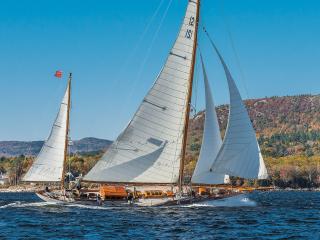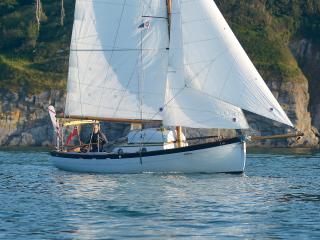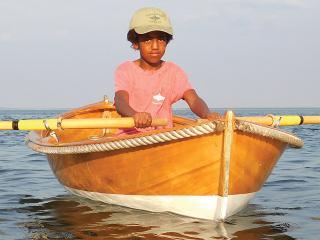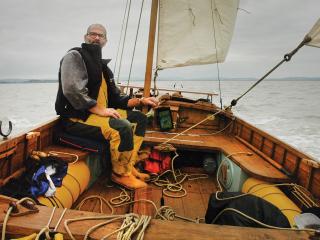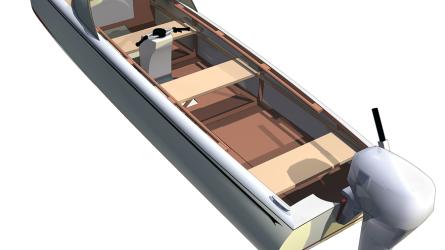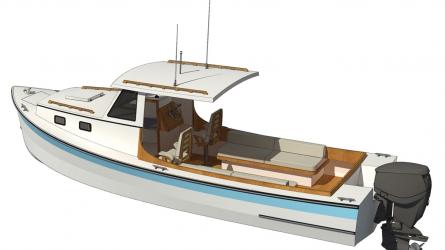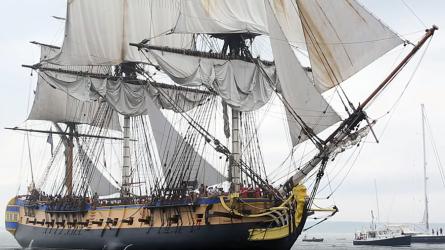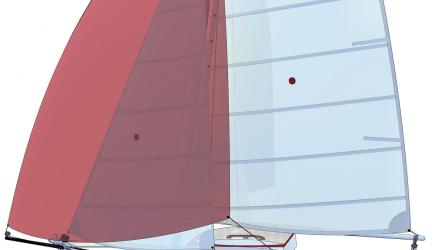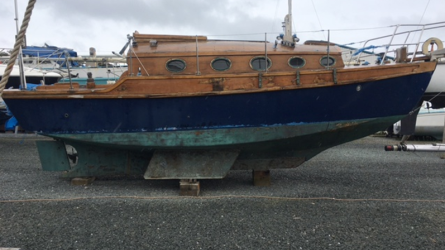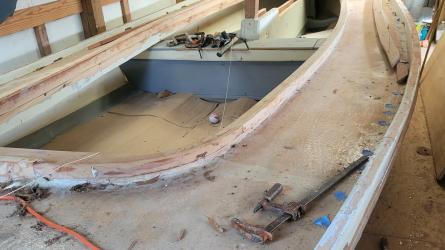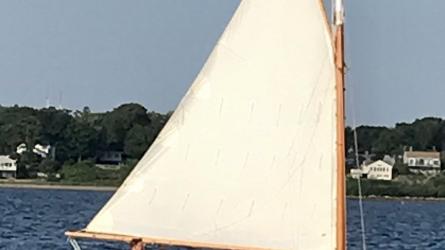May / June 2022
Don’t Give Up the Ship
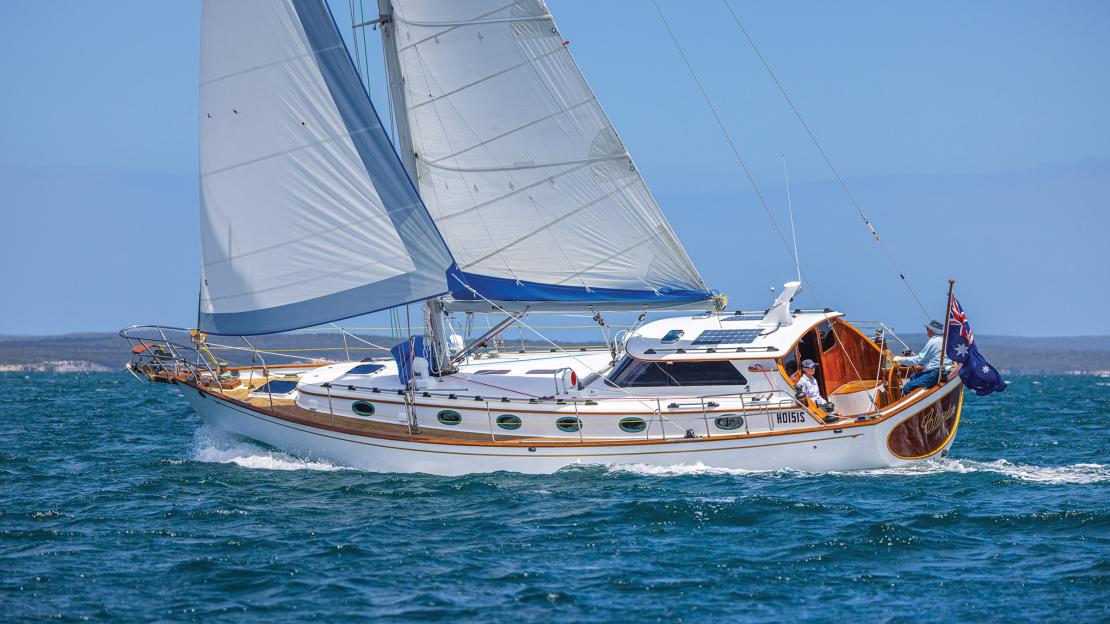
TAKE2 PHOTOGRAPHY
Andy Haldane began building the 44’ cutter CLARALAN, working mostly by himself, in 1983. He launched the yacht 111⁄2 years later.
There is a region on South Australian tourist maps blithely designated as the “Shipwreck Coast.” It is home to a powerful tidal current that, in 2014, contributed to the loss of the cutter CLARALAN. Andy Haldane had designed, and then spent 111⁄2 years building, entirely by himself, this beautiful 44' wooden motorsailer.
CLARALAN’s wreck was one of more than 800 that have occurred here since the early 19th century. The first was on Sunday, February 21, 1802, when the Royal Navy cartographer Lt. Matthew Flinders, eastbound on the historic first survey of the Australian coastline, brought his 334-ton sloop HMS INVESTIGATOR to anchor in the turquoise waters of Snug Cove at the northwestern end of Thistle Island. On that wild and remote place off the coast of South Australia, Flinders and a team of British scientists were astonished by the extraordinary strength of the broken tumultuous tide race that looked for all the world like a foaming bow wave as it breasted the offshore islands and ran northeast at 4 knots from the indigo depths of the Southern Ocean into the broad arm of the sea that Flinders had just named the Spencer Gulph (in the spelling of his times) in honor of the first lord of the Admiralty. Some of the scientific gentlemen onboard INVESTIGATOR were so excited by the surging power of the current that they saw in its tumbling waters evidence for the possible existence of a passage that might plunge deep into the unexplored heart of the Australian continent and perhaps lead them as far north as the Gulf of Carpentaria, 1,600 miles away in the tropics.
Flinders was duty-bound to explore the strange phenomenon, but his first priority, having sailed directly from England, was to refresh his ship’s dwindling supply of drinking water. He immediately dispatched INVESTIGATOR’s 28' cutter with six oarsmen under the command of her trusted master, John Thistle, to go ashore in search of an anchorage where fresh water might be obtained. Attempting to return to the ship at dusk, the cutter was seen to suddenly capsize and disappear beneath the turbulent, choppy seas. Lights were hoisted in the ship’s rigging, but at dawn, when there was still no sign of the missing cutter, INVESTIGATOR’s 30' launch was hoisted out to search for survivors. There were none. Instead, her crew found only splintered wreckage in the shallows, together with the cutter’s compass and her binnacle. In waters now known to be feeding grounds for huge great white sharks, there were no signs of the men, only two of whom were able to swim. The sudden loss of almost a quarter of INVESTIGATOR’s crew was a devastating blow to Flinders, who was just two months into his mission to circumnavigate and chart the 12,000-mile coastline of New Holland, the island continent he would eventually rename Australia.
To read the rest of this article:
Click the button below to log into your Digital Issue Access account.
No digital access? Subscribe or upgrade to a WoodenBoat Digital Subscription and finish reading this article as well as every article we have published for the past 50-years.
ACCESS TO EXPERIENCE
2-for-1 Print & Digital Subscription Offer
For this holiday season, WoodenBoat is offering our best buy one, get one deal ever. Subscribe with a print & digital subscription for $42.95, and we’ll give you a FREE GIFT SUBSCRIPTION to share with someone special.
1 YEAR SUBSCRIPTION (6 ISSUES)
PLUS ACCESS TO MORE THAN 300 DIGITAL BACK ISSUES
PRINT+DIGITAL $42.95
Subscribe
To read articles from previous issues, you can purchase the issue at The WoodenBoat Store link below.
 Purchase this issue from
Purchase this issue from
